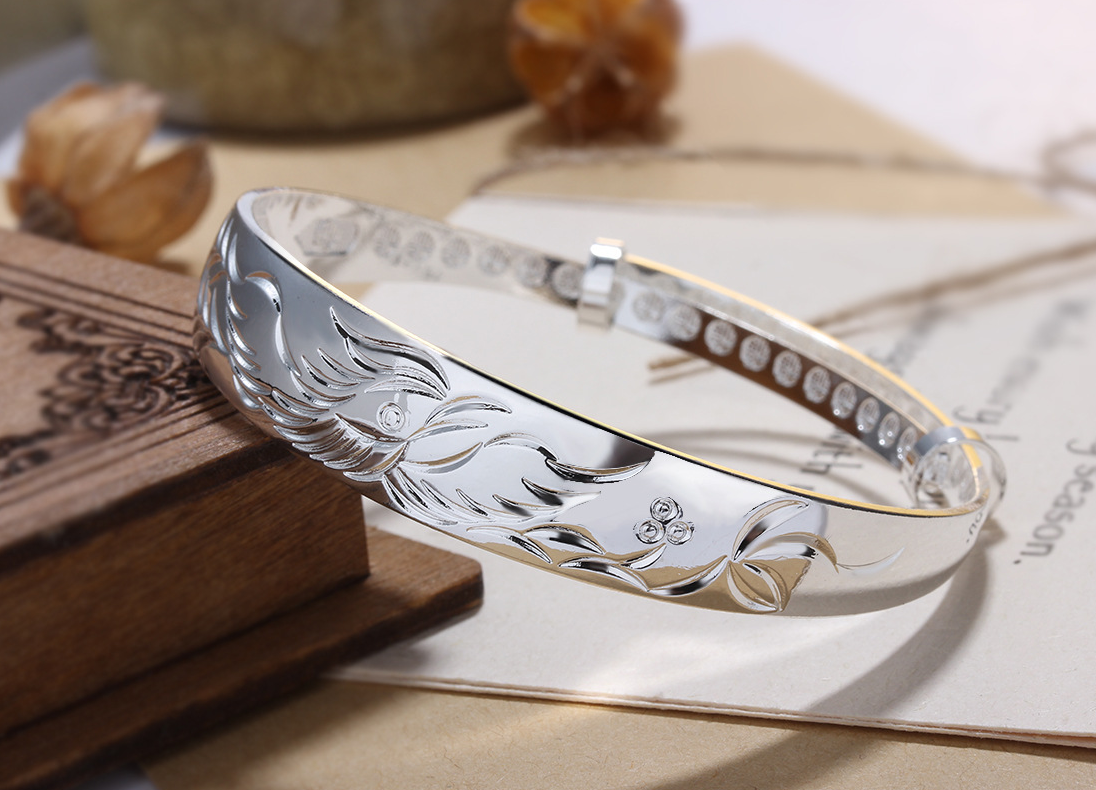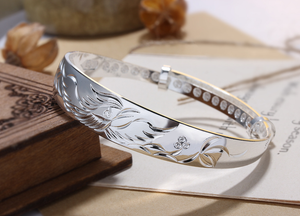
Detailed Explanation of Inspection Methods and Procedures for Silver Products Inspection and Factory Audit Services
Silver products, with their unique white luster and precious metal value, are highly favored in the jewelry and investment sectors. To ensure the quality and authenticity of silver products, strict standards must be followed during the inspection, factory verification, and product certification processes. This article will systematically introduce the inspection methods, identification procedures, and quality certification requirements for silver products, providing professional guidance for relevant practitioners.
I. Classification and Inspection Certification of Silver Products
(1) Classification and Certification of Silver Products
Verification of sterling silver jewelry
Silver content ≥ 99%, silver-white luster, good ductility
Inspection focus: Material purity, surface smoothness, and process integrity
Inspection of Silver Alloy Jewelry
Standard silver alloy: Silver content 92.5% (International standard)
Other alloys: 900 silver, 800 silver, etc.
Inspection focus: Component ratio, electroplating quality, color resistance performance
(2) Identification and Certification of Silverware Copies
Inspection of Silver Plated Products
The base material is a copper alloy and the surface is plated with silver.
Certification method: Wear test, density measurement
Inspection of silverware products
Mechanical coating process, uneven thickness of silver layer
Certification Focus: Section Analysis, Edge Inspection
Risk Management of Sandwich Silverware
Contains harmful elements such as cadmium
Certification requirements: Comprehensive screening by X-ray fluorescence spectroscopy
II. Professional Inspection Standards for Silver Products
(1) Certification Requirements
The following must be included: manufacturer code, material name, and silver content indication
The marks are clear, permanent and uniform in position.
The label information matches the actual item.
(2) Process quality inspection and certification
Appearance quality inspection
Smooth and flawless on the surface
The welding points are smooth and flat.
Fitted securely without any looseness
Weight inspection certification
Unit of measurement: Gram (g)
Tolerance range: -0.05g to +0.04g
Use an electronic balance with an accuracy of 0.001g
Silver content analysis certification
Non-destructive testing: X-ray fluorescence spectroscopy, density method
Destructive testing: Chemical analysis method (for arbitration)
The instruments and equipment need to be calibrated and certified on a regular basis.
III. On-site Rapid Inspection Method for Silver Products
(1) Sensory Inspection Certification
Color Identification Method
High-purity silver: Pure white and uniform in texture, with a soft luster.
Fake silver: Having a dull color or overly bright white appearance
Feel inspection
Pure silver: Soft in texture and with good toughness.
Fake silver: High in hardness, poor in elasticity
(2) Physical performance test certification Bending test
Pure silver: Easy to bend but not prone to breaking.
Fake silver: Hard and prone to breaking
Sound test
Pure silver: The sound when it hits the ground is dull.
Fake silver: Sound is clear and shrill.
Magnetic testing
Pure silver: Non-magnetic
Nickel-containing fake silver: Magnetic attraction
(3) Chemical Testing Certification
Nitric Acid Test
High-purity silver: Brownish-yellow or slightly greenish.
Low-purity silver: Dark green or black
Burn test
True Silver: The color of the flames remains unchanged.
Fake silver: The flame turns green.
IV. Special Inspection Requirements for Silver Investment Products
(1) Certification of Supporting Documents
Inspection based on the appraisal certificate
Issued by an authoritative institution
With anti-counterfeiting watermark
The information is complete and accurate.
Inspection of the accompanying packaging
Special packaging box
The instruction manual is complete.
The numbers correspond exactly to each other.
(2) Condition Inspection Certification
Surface Condition Inspection
No scratches or dents
No oxidized spots
No fingerprint stains
Save state verification
No signs of moisture
No moldy condition
The packaging is in perfect condition and undamaged.
Comprehensive verification
The entire series of products has been collected.
Sequential numbers without any gaps
Overall value assessment
V. Inspection and Certification Process for Silver Products
(1) Document Review and Certification
Material Test Report
Manufacturer's Qualifications
Import Customs Declaration Form (if applicable)
(2) On-site Inspection Procedures
Sampling Plan
Sampling according to the AQL standard
Increase the sampling ratio for valuable items
Testing environment
Standard light source conditions
Clean work surface
Suitable temperature and humidity
(III) Laboratory Testing Certification
Component Analysis
X-ray fluorescence spectroscopy analysis
Density measurement
Chemical analysis when necessary
Process inspection
Measurement of coating thickness
Welding quality inspection
Surface treatment assessment
(4) Quality Evaluation Criteria Qualified product
All the indicators meet the standards.
The documents are complete and valid.
The packaging is complete and correct.
Non-conforming product
The silver content does not meet the standard.
Containing harmful substances
The label does not reflect the actual situation.
VI. Inspection Precautions for Silver Products Equipment calibration
Regular calibration of detection equipment
Use standard samples for verification
Operating Procedures
Non-destructive testing takes priority.
Careful chemical testing
Record complete
Detailed record of the test data
Preservation of photographic evidence
Report standard issuance
By establishing a systematic inspection and certification system for silver products, integrating traditional experience with modern detection technologies, it is possible to effectively ensure the authenticity and reliability of the quality of silver products, providing consumers with trustworthy silver products, and at the same time promoting the standardized development of the silver products industry.
分享这个商品

Detailed Explanation of Inspection Methods and Procedures for Silver P
Silver products, with their distinctive white luster and precious metal value, are highly favored in the jewelry and investment sectors.
